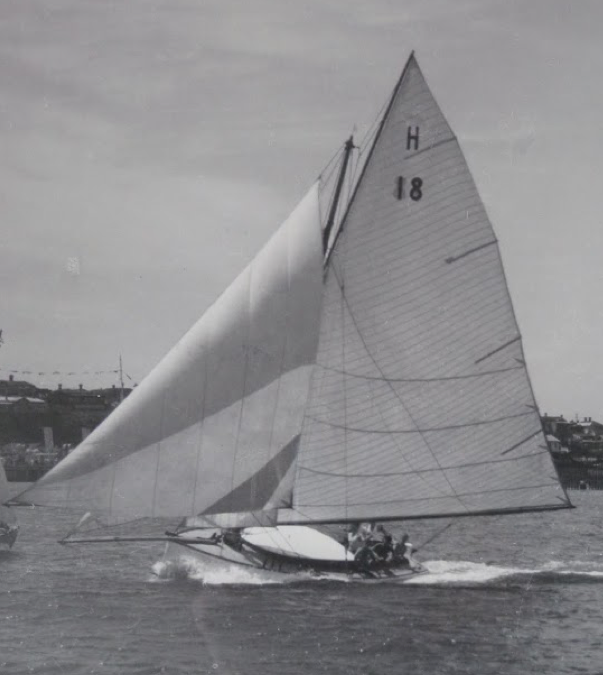Corona
Designer: Charlie Collings
Built: 1936 Charlie Collings. Freemans Bay, Auckland
Length Overall: 26ft (7.92 metres)
Beam: 10ft 5”(3.04 metres)
Draught: 3ft (1.29 metres) Board up
Length Water Line: 21ft (6.40 metres)
Construction Hull: Kauri carvel
Engine: Yamaha, 5hp outboard
Sail: Gaff cutter: jib, staysail, main
‘Corona’ was donated to the Tino Rawa Trust in 2014
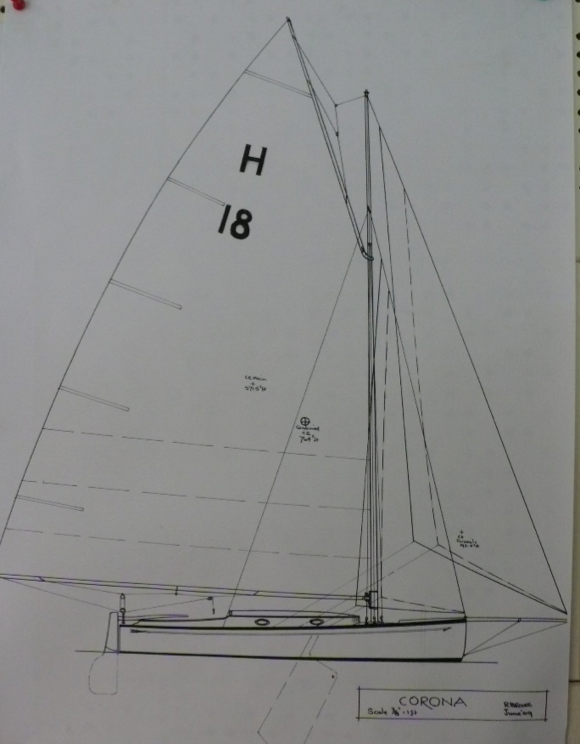


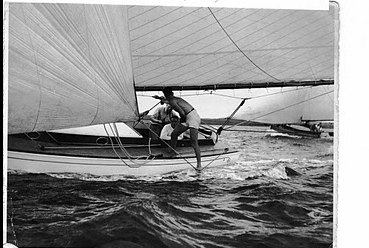
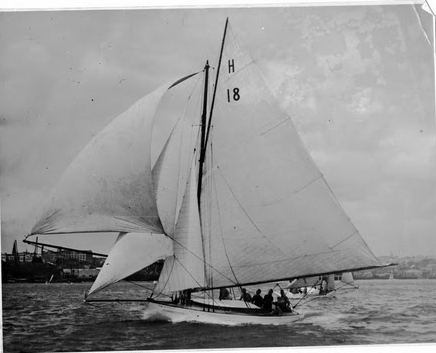
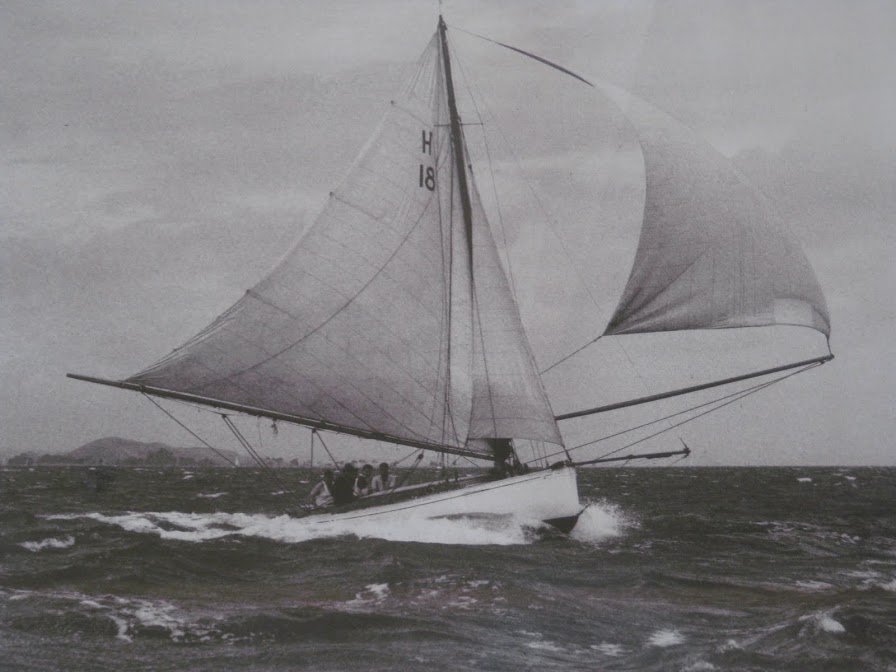
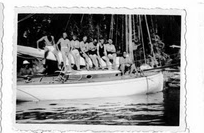



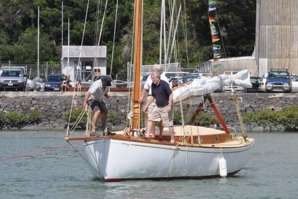



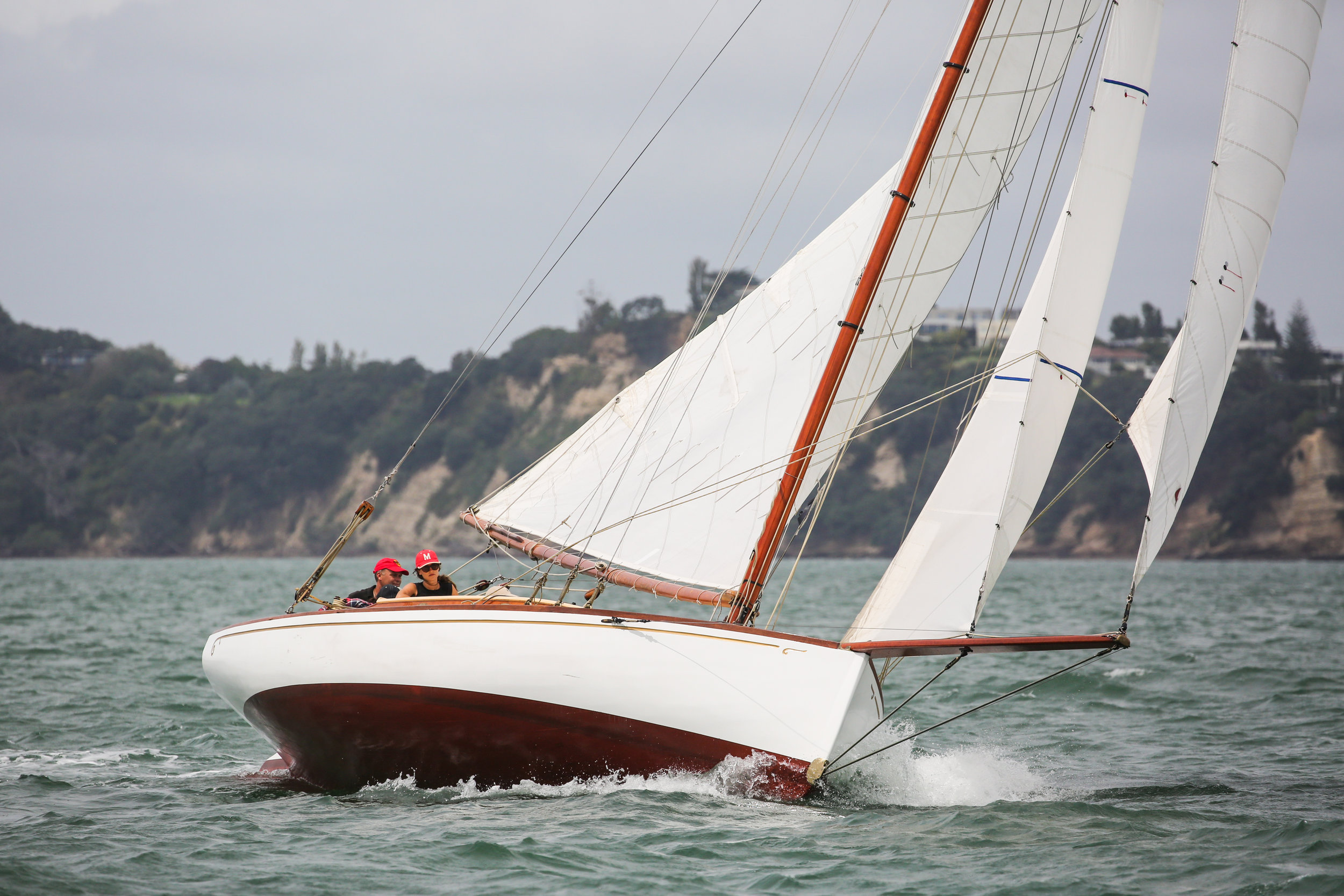
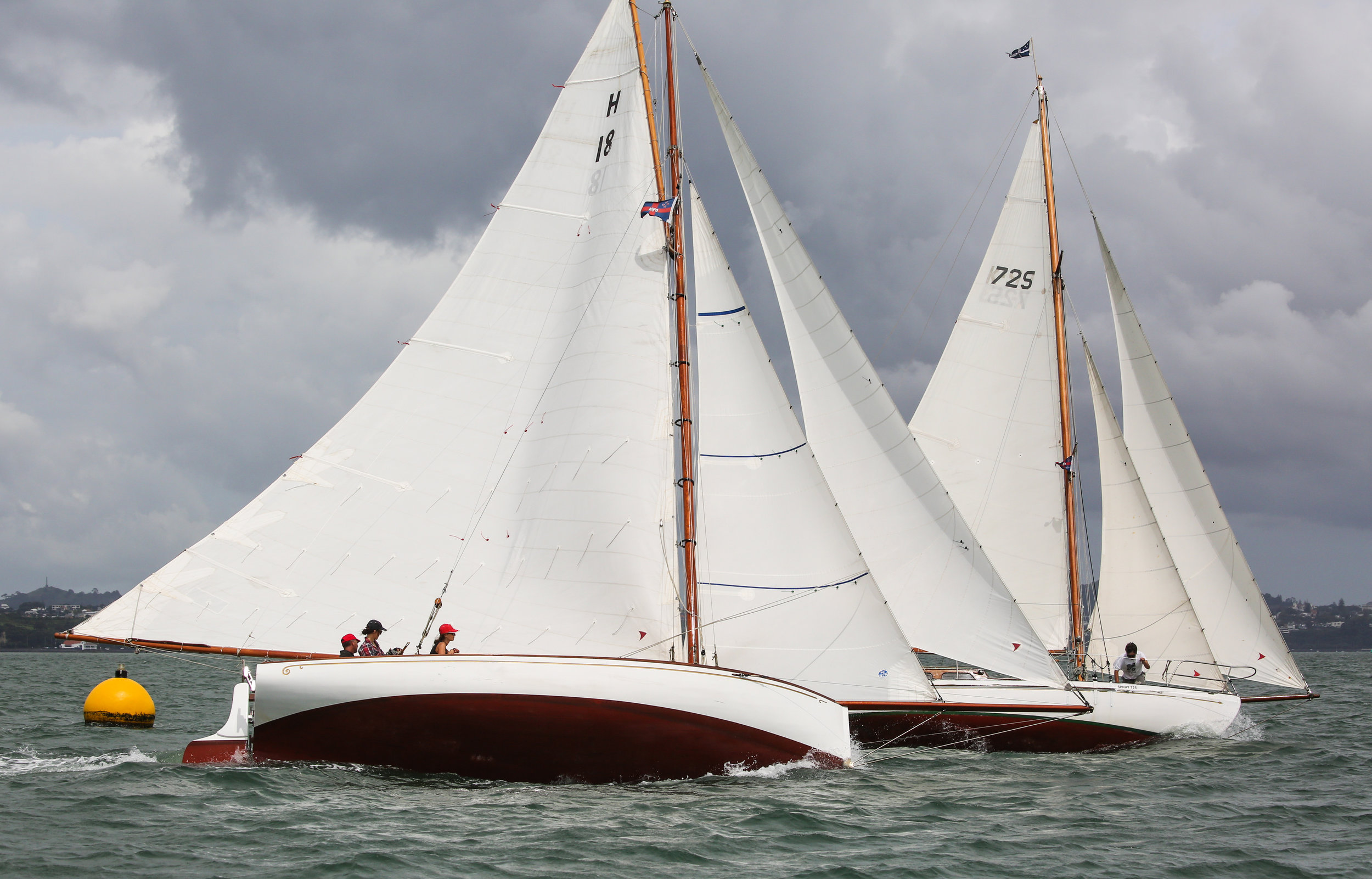

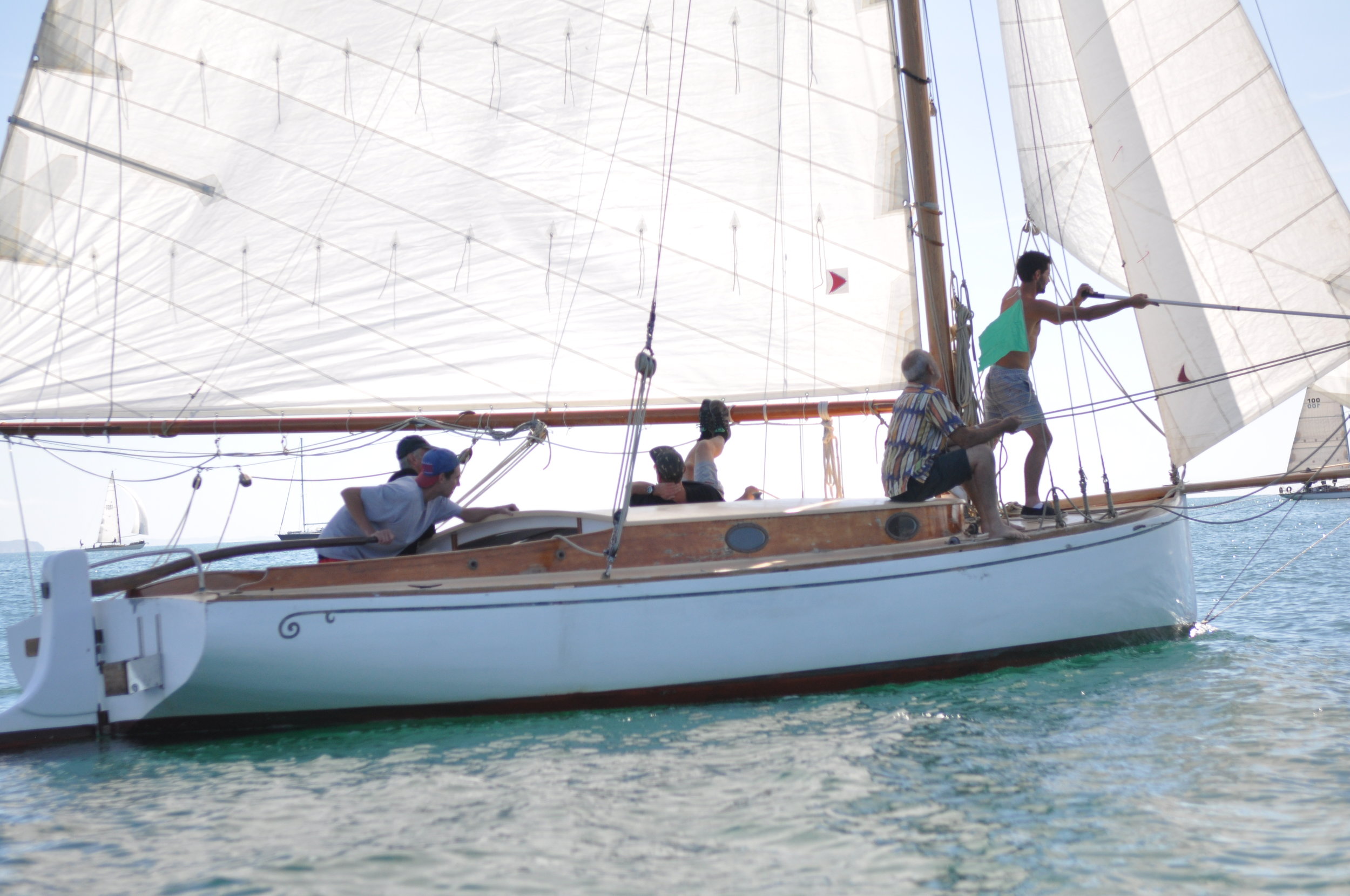

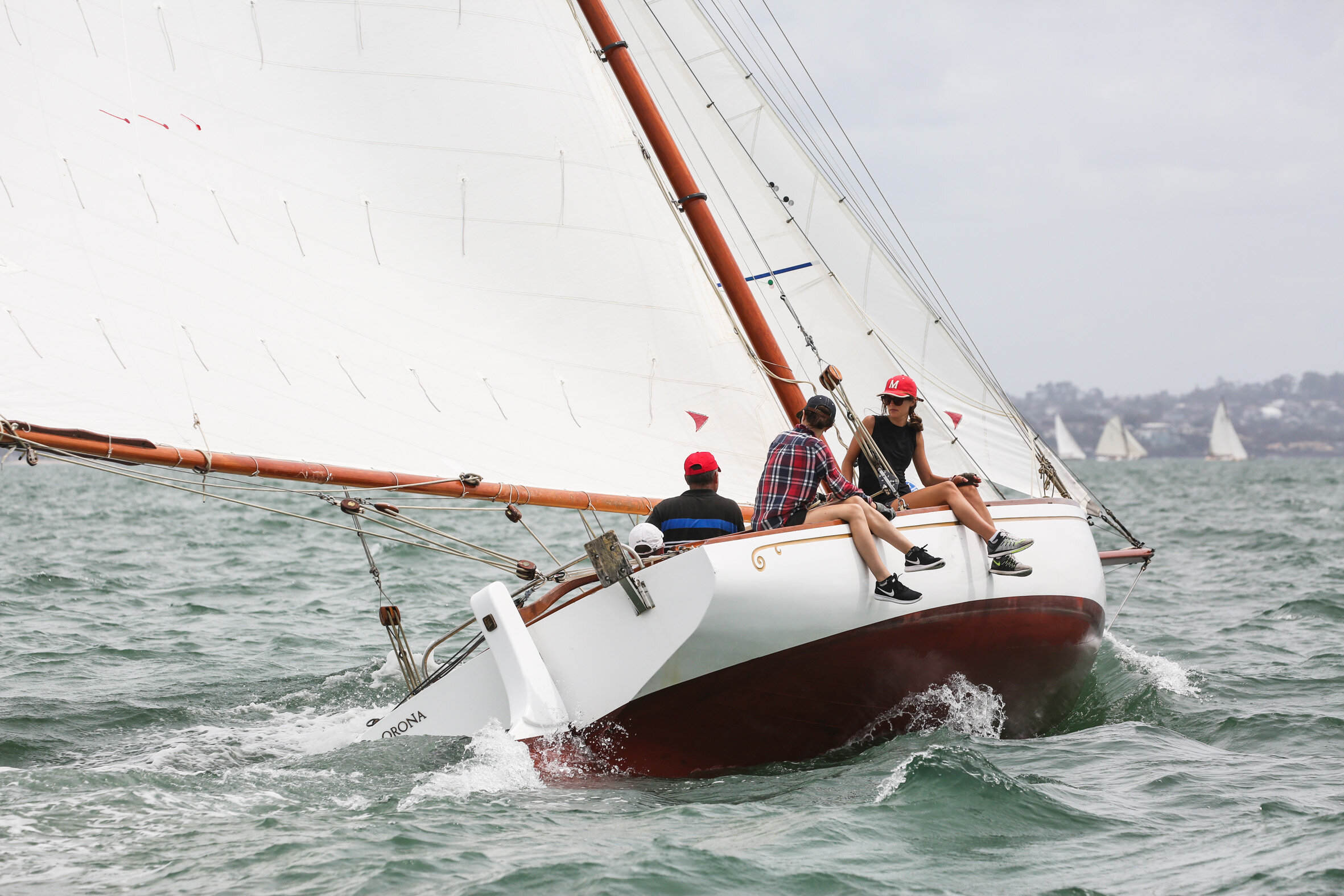
Corona makes Stylish Return to the Water.
Classic Yacht Journal June 2011, By Harold Kidd
If you had to choose the best mullet boat ever, you would have to make up your mind between two yachts, the 22 footer Tamariki and the 26 footer Corona. Both were built in the 1930s, both were the best in their class for many years, and both were designed and built by Charles Collings of Collings & Bell in St Mary’s Bay.
Collings served his time with Robert Logan Snr, then spent some time as a structural engineer in the Thames area. In 1903, he joined the Clare brothers in their boatbuilding business in St Mary’s Bay as their designer. He soon took over the business, which became Collings & Bell in 1909, specialising in mullet boats which were amongst the best of their time. However, the firm began concentrating on motor launches, particularly Collings’ square-bilge planing hull designs for racing, whale chasing and game fishing, which led to some advanced ‘express cruisers’ in the American style like Ruamano.
In 1934, Collings went back to his roots and built himself the crack 22ft L Class mullet boat Tamariki, following up with the crack 26 footer, the H Class Corona, for the Nunns brothers in 1936. Both yachts dominated their classes for years. Corona was a powerful sail carrier. On her 10ft 6in beam she carried 900 sq ft in her very high-peaked, almost gunter, gaff cutter rig. Her mast was a towering 40ft, she had a 30ft boom, a 19ft gaff and
a 15ft bowsprit. From end of bowsprit to end of boom she measured 45ft 6in. 21⁄2 tons of lead ballast kept her reasonably stiff, standing in for the load of fish her ancestors had brought home to market. She was in a class of her own from the start and remained scratch boat in the fleet during the 18 years the Nunns owned her.
In the 1960s, mullet boat racing began to die out, only the 22 footers retaining a competitive fleet thanks to the efforts of the Ponsonby Cruising Club and the lure of competition for the Lipton Cup. The 26 footers are big craft, requiring a skilled crew and high maintenance. They stopped racing in the 1960s, replaced by the huge post-war brood of nimble keel yachts. Corona, like several other 26 footers, was sold to the fishing industry, lost her rig and gained a tall deckhouse and a diesel.
Mullet boat enthusiasts Ron Copeland, Lee Chambers and John Hogan rescued her in the 1980s and started her restoration at the National Maritime Museum at Hobson Wharf. But their work stalled because of resource pressures on the Museum.
A couple of years ago, in an arrangement with the Museum, the New Zealand Traditional Boatbuilding School took over Corona’s restoration at its Hobsonville facility. School trustees Robert Brooke and Ian McRobie put in a great deal of research to ensure that Corona took to the water as a faithful recreation of her original self. Serendipitously, Robert had a copy of her hull plans, which his father Jack Brooke had saved.
When Chris McMullen had a careful look at the plans, he could see on them, just faintly, the lightly pencilled outlines of her cabin top which agreed with her contemporary photographs.
Many hundreds of pleasant hours were put into the task by a bunch of volunteers headed by the jovial Ian McRobie, a man of great humour and leadership, who put in four solid days a week. Thanks to grants from the Southern Trust and magnificent contributions from the local marine trade, progress on Corona’s restoration was consistent and tradesmanlike.
The big day arrived on Saturday 12th March when Corona was launched on the top of the tide from the old RNZAF flying-boat slip at Hobsonville. It was an unusual and rather dramatic day. The weather was superb, brilliant sunshine with a light breeze. The crowd was much larger than expected. Civil Defence had warned of a tsunami following the earthquake in Japan the night before and recommended that people keep off the water. No unusual tidal effect was perceived during the launch but, in those early hours after the quake when the true extent of devastation in Japan was not yet known, a tsunami warning added spice to the event.
Corona sailed like a witch in the light breeze and got up to 7 knots to surprise everyone and gladden the hearts of her restoration team. It was a great culmination to a magnificent effort. Fittingly, her first race was in the Ponsonby Cruising Club’s Vintage & Veterans’ regatta on 10th April when she acquitted herself well. These days, Corona can be seen at the Viaduct alongside Jessie Logan, Rawene, Ngataki and a clutch of other fine classics sponsored by the Tino Rawa Trust.

